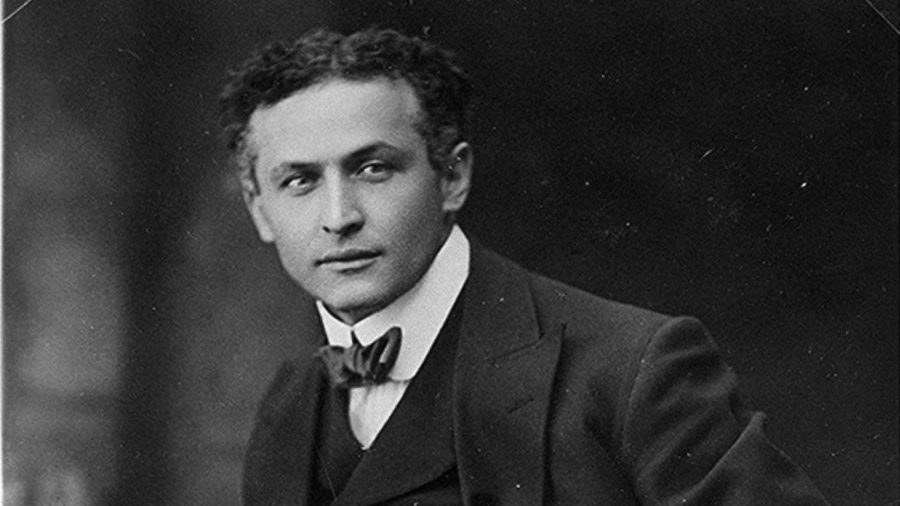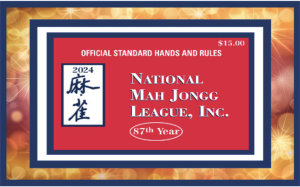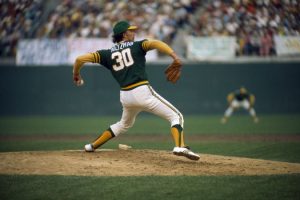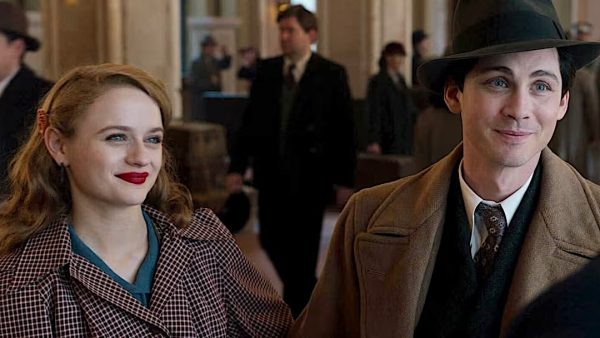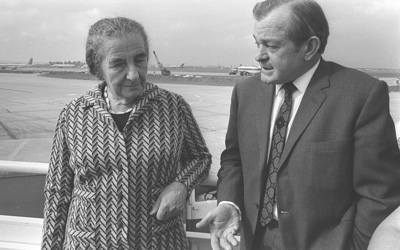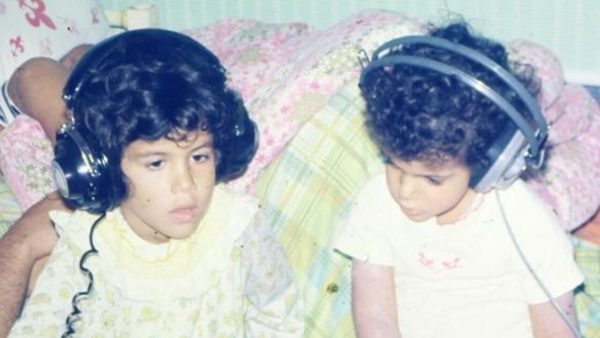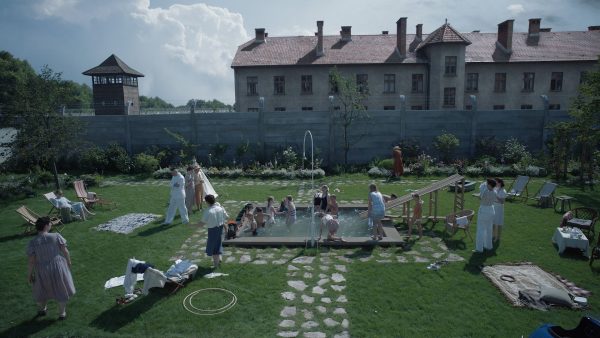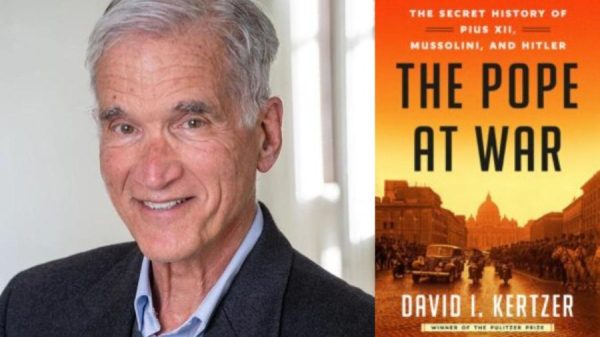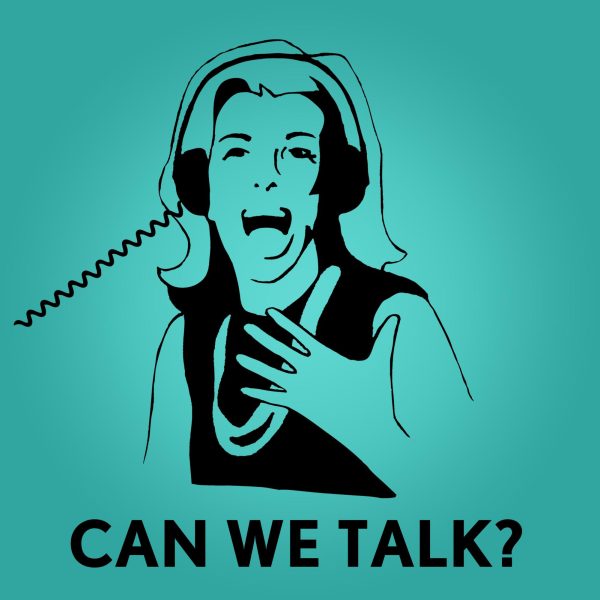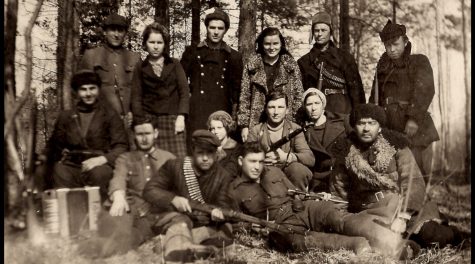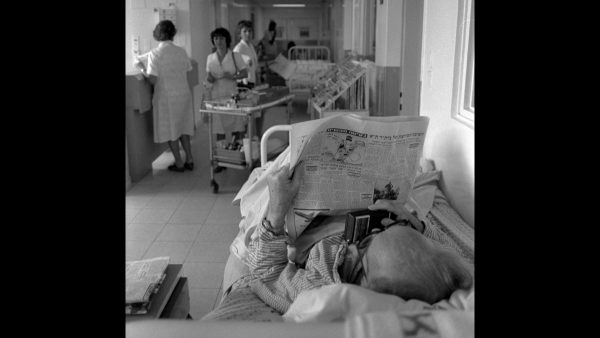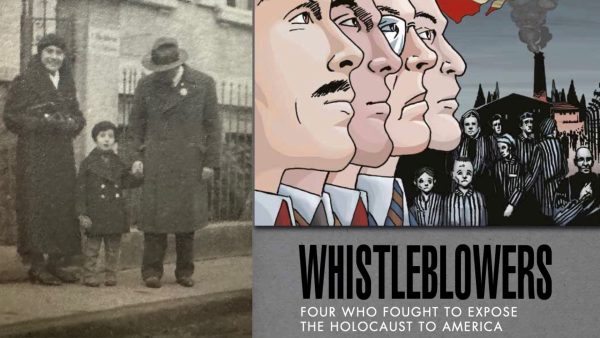When Harry Houdini came to St. Louis
Published March 20, 2023
Mention “Erich Weiss,” to a random St. Louisan, and you’re likely to get a shrug. But use Erich Weiss’s more famous adopted name—Harry Houdini—and you’ll get a different reaction. The most famous magician in history, Harry Houdini’s image remains instantly recognizable today. His name is used to describe any object that has disappeared (“My car keys went Houdini on me . . .”), and countless products—including wine openers, car seat straps, flashlights, 3D modeling software, and even paint colors—have relied on his name to convey a sense of flawless performance or mystery.
Harry Houdini took to the theater stages of St. Louis at least five times between the 1890s and 1920s, with each visit bringing a new and different escape act to captivate local audiences. One of his most famous stunts even made its debut in St. Louis, and it was more dangerous than anything he had tried up to that point in his career.
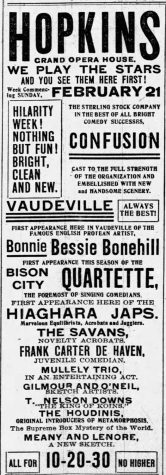
1897: Metamorphosis
The son of an immigrant Jewish rabbi, young Erich Weiss’s life aspirations were transformed after reading the memoirs of 19th century French magician Jean Eugene Robert-Houdin, one of the first magicians to bring magic shows to professional theater stages. Weiss rebranded himself “Houdini” after his hero and took to the stage in the early 1890s.
Houdini’s first St. Louis appearance came in February 1897, when he and his wife Bess appeared in a vaudeville show at the Hopkins Grand Opera House (later the Columbia Theatre) at 515 N. Sixth Street. The Houdinis were still far down the billing, but the duo was impressing crowds with a self-invented trick that Harry Houdini performed for the rest of his career.
In “Metamorphosis,” Harry was bound in rope, tied in a sack, and then placed in a locked trunk. Bess stood on the trunk and held up a curtain. When the curtain dropped, it revealed that the two had switched places; Harry was free, while Bess was tied up and locked in the trunk. Subtitled the “Supreme Mystery Box of the World,” the Metamorphosis act did well, but Houdini’s career remained at a simmer.
1899: The Handcuff King
Harry Houdini’s luck rapidly changed in 1899, when a Minnesota vaudeville promoter advised him to minimize his show’s card tricks and other “small reveals” to focus on his impressive handcuff escapes. Houdini was booked on the popular Orpheum circuit, and in the late summer of 1899 he came back to St. Louis to appear at the theater of the Suburban Garden Resort in Wellston.
Always the showman, Houdini knew how to drum up public interest in his performances when arriving in a new city. Among his favorite methods was marching into the local police station and challenging officers to lock him in their best handcuffs—which he promptly escaped.
On August 28, 1899, at St. Louis Police Headquarters, Houdini stripped off his clothes and had his hands and legs shackled together. Just two minutes and 40 seconds after closing the door on their prisoner, the St. Louis officers revisited the room to find Houdini free, dangling the cuffs in an interlinked chain.
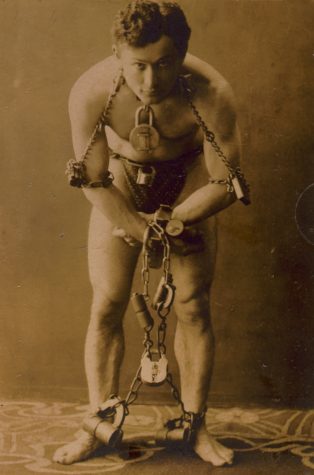
During the same visit, Houdini boasted to the St. Louis Post Dispatch that he would leap from the Eads Bridge while shackled, and surface in the Mississippi River completely freed. Houdini later jumped from smaller bridges in various cities, but the Eads Bridge jump almost certainly didn’t happen because no local paper followed up with reporting on it. Always calculating the odds and risks, Houdini was probably well aware that the 100-foot drop could kill him.
The boast later became Hollywood “truth,” though. The 2014 History Channel special Houdini, with Adrien Brody in the starring role, does show him plunging into the river from the Eads Bridge. One of many documented historical fabrications in the show, it even upped the drama, depicting the jump happening in winter, and the river being frozen.
1908: The Milk Can Escape
Across the early 1900s, the now-celebrity Houdini took on countless new entrapments built by challengers, each more complex and grueling than the last. He was lashed to beds, stuffed into packing cases, and clasped into hundreds of different handcuffs. He escaped them all. But Houdini felt a problem looming over his hard-earned fame. His escapes were essentially the same trick over and over, and audiences were getting bored.
In January 1908, Houdini appeared before a small, unenthusiastic crowd at the Columbia Theater on Sixth Street in downtown St. Louis. Houdini wrote in his diary that upon seeing the half-empty theater, the Columbia’s manager, a Mr. Tate, told him “You’re not worth a five-dollar bill to me.”
It was experiences like this that sent Houdini’s mind whirring—he needed a new hook, something that brought a real sense of danger to his shows. “That fear is what attracts us to the man who paints the flagstaff on the tall building . . .” he wrote in his diary, “Therefore, I said to myself, ‘Why not give the public a real thrill?’”
On January 27, 1908, St. Louisans attending Houdini’s show watched as a giant galvanized metal jug was hauled onto the stage. Attendants filled it with water. Houdini stepped inside, water sloshing over the edge, and dropped below the surface. The lid was slammed and secured with six locks, and a curtain was drawn in front of the can. The audience—yawning and disinterested the night before—sat in uncomfortable, captivated silence.
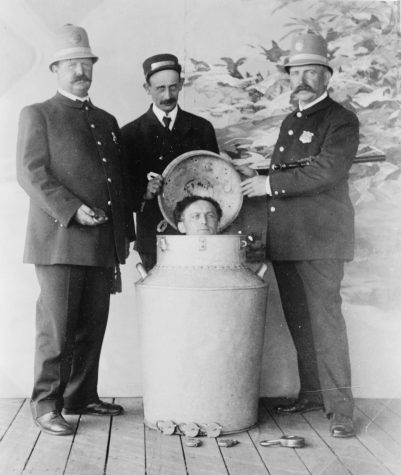
We don’t know for sure if he did it at the St. Louis debut of what became known as the “Milk Can” escape, but Houdini was fond of inviting the audience to try and hold their breath along with him. The cavernous theater’s silence was broken only by the heavy exhaling of those who learned they couldn’t. After a minute, an axe-wielding attendant walked out ready to smash open the can, another visual to ratchet up the tension.
After two minutes, Houdini whipped back the curtain to reveal himself soaking wet and alive. The St. Louis crowd roared. The trick was so new Houdini didn’t even have a name for it, and he offered a $25 reward to whoever might come up with a compelling title.
The threat of death conveyed in the Milk Can escape brought Houdini’s career back to life. After its St. Louis debut, it became one of Houdini’s trademarks.
1914: The Chinese Water Torture Cell
By the time Harry Houdini returned to St. Louis’s Columbia Theater in 1914, the Milk Can escape had morphed into an even more elaborate show. Advertised as the “Chinese Water Torture Cell,” Houdini’s feet were locked into stocks and raised in the air, so he dangled upside down. He was lowered headfirst into a glass box filled with water, which was locked from the outside. Somehow—like always—he miraculously escaped.
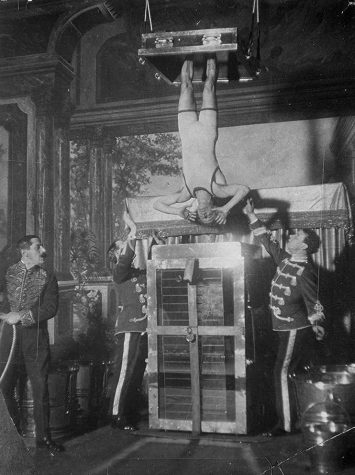
During this same run in St. Louis, a team of carpenters from Famous-Barr’s downtown department store challenged Houdini, claiming they could construct a packing case around him on stage that he couldn’t break free from. Houdini bested them, as well as another two teams of challengers from the Stix, Baer & Fuller and Grand-Leader department stores. He also performed the “Needle Trick,” swallowing 20 loose needles and a separate piece of string, only to pull the string from his mouth with all the needles threaded on.
1922: Dangling in a Straitjacket
In February 1922, Houdini appeared on stage in St. Louis for the last time. At the Orpheum Theater at 416 N. Ninth Street, he performed his classic escapes for a new audience, but now he also brought along a movie reel. Embracing rather than pushing against this new medium that would ultimately help end vaudeville stage shows, Houdini showed film clips of stunts he performed outside and in the Hollywood films he was now starring in, like The Master Mystery (1918) and Terror Island (1920).
That same visit, he was bound in a straitjacket and hung upside down 60 feet in the air from one of City Hall’s fourth floor windows. It took him less than three minutes to force himself free, and probably quite a bit longer for police to clear the crowd of thousands from the City Hall lawn.
Houdini was internationally famous for his seeming ability to chance death and escape, but the one piece of Houdini trivia people seem to most easily recall today is how he ultimately died. While backstage at a Montreal theater in October 1926, Houdini was punched in the stomach by a university student eager to test a boast that the famed magician could withstand heavy blows.
Whether those punches induced appendicitis or just covered up a case Houdini already had is uncertain. But within days, Houdini was rushed to a hospital in Detroit. He passed away on Halloween in 1926.



